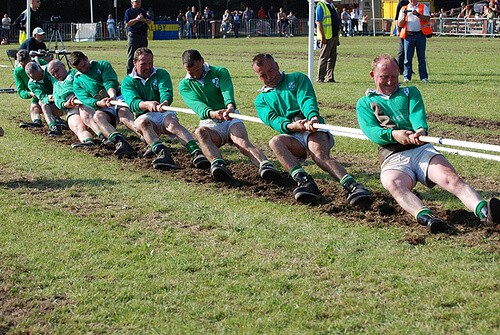Social behaviour like reaching a consensus is a matter of cooperation. However, individuals in populations often spontaneously compete and only cooperate under certain conditions.
These problems are so ubiquitous that physicists have now developed models to understand the underlying logic that drives competition. A new study published in EPJ B shows the dynamics of competing agents with an evolving tendency to collaborate that are linked through a network modelled as a disordered square lattice. These results are the work of Chen Xu from Soochow University, Suzhou, China and colleagues. They believe that their theoretical framework can be applied to many other problems related to understanding the dynamical processes in complex systems and networked populations, such as the voter dynamics involved in reaching a consensus and spreading dynamics in epidemic models and in social networks.
In the square lattice model of cooperation between agents in the network, the authors introduced a level of randomness by arbitrarily removing a fraction of lattice sites. To study cooperation, they invoked the snowdrift game, depicting two competitors deciding whether or not to help remove a snowdrift blocking a road.
They then developed a theoretical framework, which provides an effective analysis of the newly created network by treating the smaller and bigger cooperation clusters separately. Larger clusters, in particular, are first treated using the commonly employed pair approximation. However, this does not account for the influence of the neighbour or the agents’ neighbours in the network. The authors therefore tweaked the approach to account for these long-range spatial correlations between agents. The study shows that taking such long range correlation affects the switching from cooperative to non-cooperative behaviour and vice versa. Their results are in good agreement with numerical simulations.
Reference: C. Xu, W. Zhang, P. Du, C. W. Choi, and P. M. Hui (2016), Understanding cooperative behavior in structurally disordered populations, Eur. Phys. J. B 89: 152, DOI: 10.1140/epjb/e2016-60826-y


